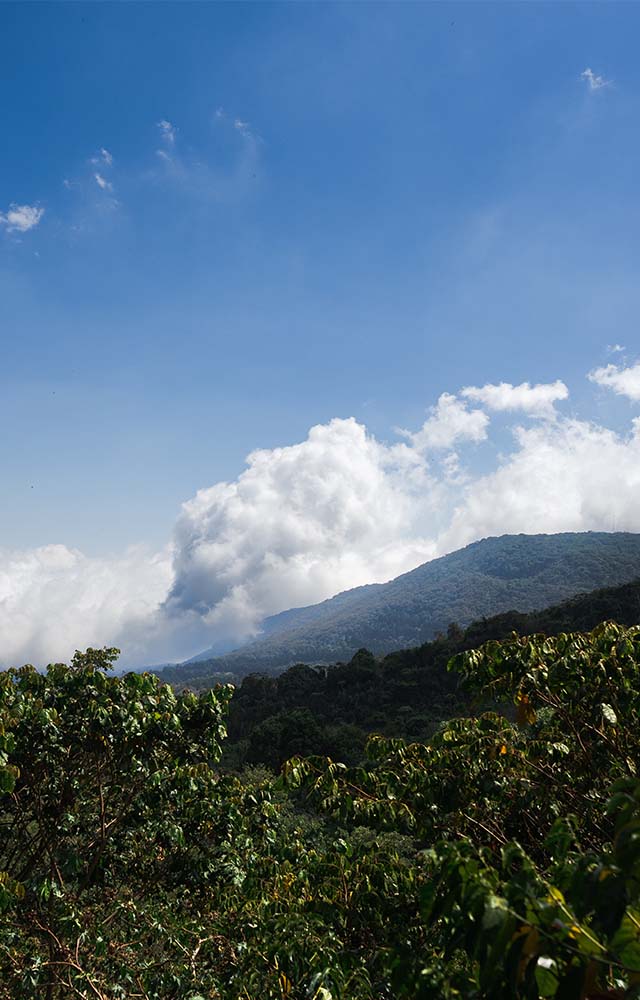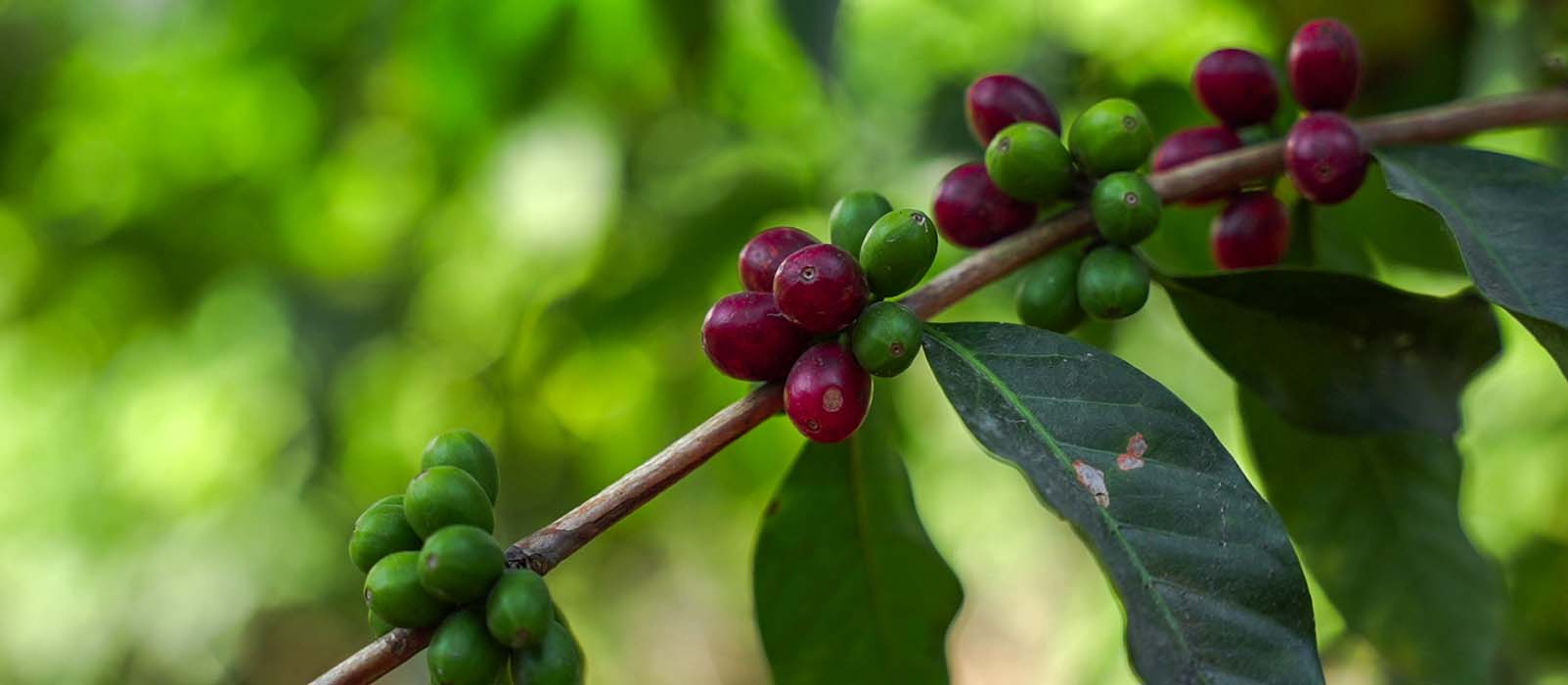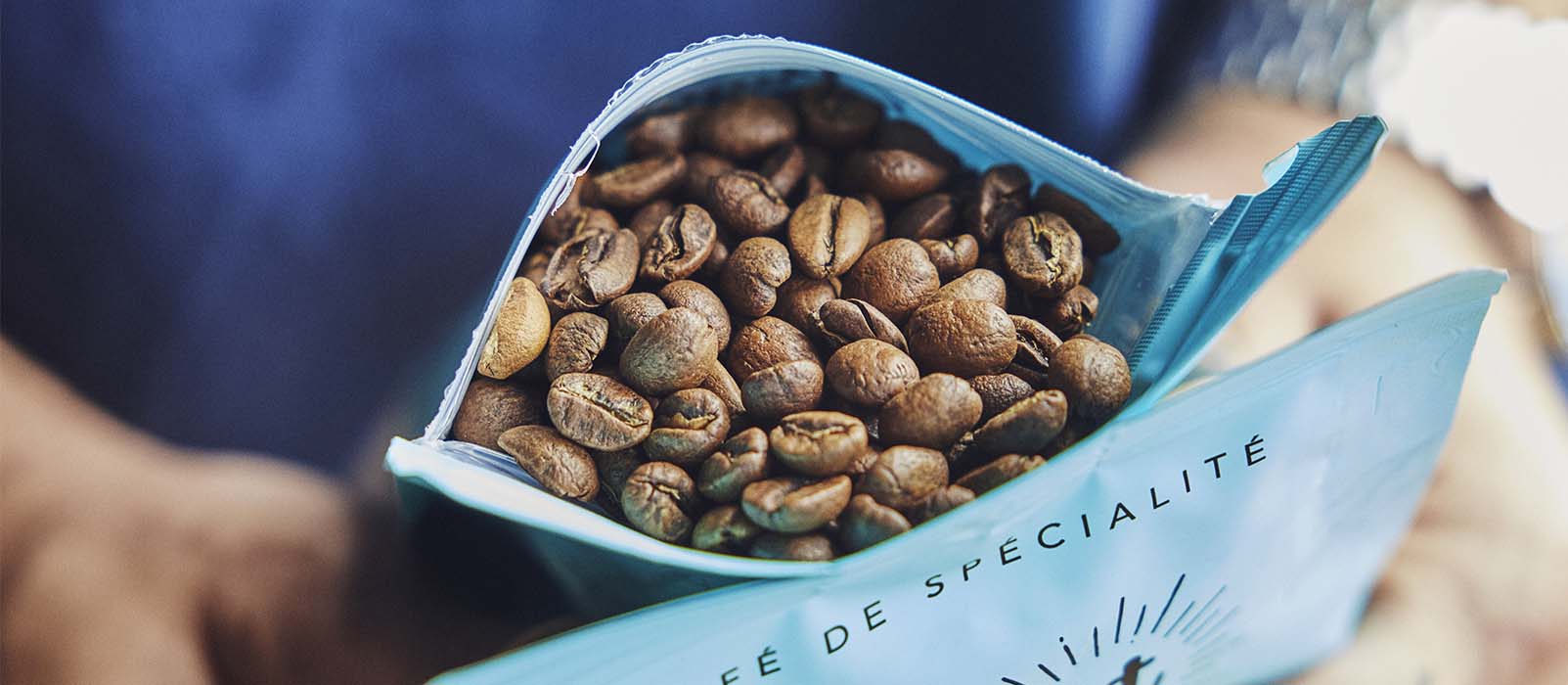
- Home
- All You Need to Know About Costa Rican Coffee

All You Need to Know About Costa Rican Coffee
Written by Chloé
Reading time 3 minCosta Rica is a major player in the coffee-producing world, renowned for its high-quality Arabica coffee beans and sustainable production methods. Dive in to discover everything you need to know about Costa Rican coffee.
Where is Costa Rican Coffee Cultivated?
Costa Rica boasts a remarkably diverse terroir. Coffee is primarily cultivated in the highlands, at altitudes ranging from 800 to 1700 meters above sea level. These varying altitudes and microclimates provide ideal growing conditions for different coffee varieties.
MaxiCoffee information on the world of coffee
Costa Rica is not only famous for its unique terroir but also for its commitment to sustainable agriculture. Many coffee farms employ environmentally friendly practices and adhere to strict processing standards to produce top-quality coffee beans.

Key Coffee Growing Regions in Costa Rica
The Central Valley, including the provinces of San José, Heredia, and Alajuela, has historically been the heart of Costa Rican coffee production. However, other regions also contribute significantly:
- Tarrazú
- Tres Ríos
- Turrialba
- Brunca (including Coto Brus, Buenos Aires, and Pérez Zeledón districts)
- Guanacaste (spanning Alajuela, Guanacaste, and Puntarenas provinces)
- Orosí
- The West Valley
MaxiCoffee information on the world of coffee
These regions stand out due to their unique geography, with altitudes ranging from lowlands under 1000 meters to valleys above 1200 meters.

Growing Methods in Costa Rica
Most Costa Rican coffee plants thrive under the shade of forest and fruit trees. The coffee cherries are hand-picked to ensure strict quality control and high standards in the cup.
Processing Methods in Costa Rica
The Washing Method
The washing method begins with sorting. After washing, the coffee cherries pass through a pulper machine to remove the fruit flesh. The beans are then placed in fermenting tanks for 24 to 48 hours. Finally, after a last wash, the beans are dried on African beds or the ground.
The Semi-Washed Method
This method is similar to the washing method but includes a pre-fermentation phase in bags lasting 12 to 24 hours.
Other Methods
While these two are the primary processing methods in Costa Rica, other techniques are also employed to achieve different flavor profiles.
Coffee Varieties in Costa Rica
Costa Rica exclusively grows Arabica coffee beans, with the cultivation of Robusta beans prohibited by law. The Costa Rican government chose to focus on quality over quantity, distinguishing its coffee from that of neighboring countries. The main varieties grown include:
- Caturra
- Catuai
- Catimor
- Villa Sarchi
- Mundo Novo
Tasting Costa Rican Coffee
Costa Rican coffee offers a diverse range of aromatic profiles. The taste can vary significantly depending on the growing region. For instance, Tarrazú coffees tend to have chocolaty notes with hints of orange and vanilla, while Brunca coffees are sweeter with citrus notes.
Costa Rican coffee is renowned for its balanced, soft, and sweet flavors, offering a wide palette of aromatic profiles. Now that you know all about Costa Rican coffee, it’s time to explore and taste the diverse flavors from different regions to fully appreciate the richness of its terroirs!
Discover our other articles






